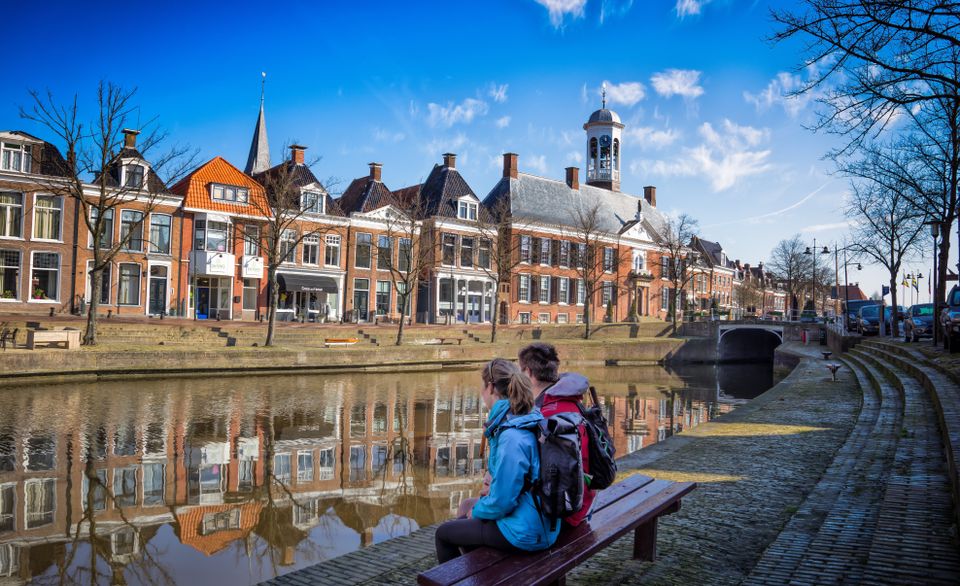Location
897 to 928 of 985 results
-
Sloop rental Burdaard
Sloop rental Burdaard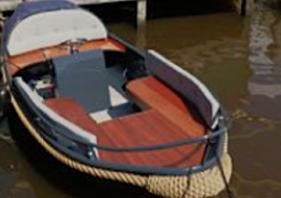 Burdaard
Burdaard
-
Johannes de Doperkerk Raard
Johannes de Doperkerk Raard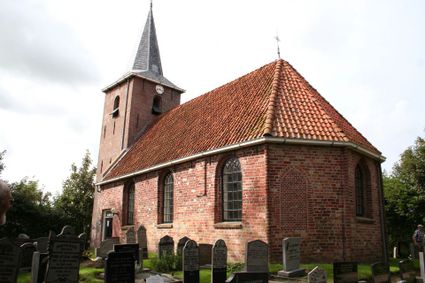 Raard
Raard
-
Veerpont De Snoekcbaers (Sitebuorren)
Veerpont De Snoekcbaers (Sitebuorren) Grouw De Burd
Grouw De Burd
-
Nicolaaskerk Hantum
Nicolaaskerk Hantum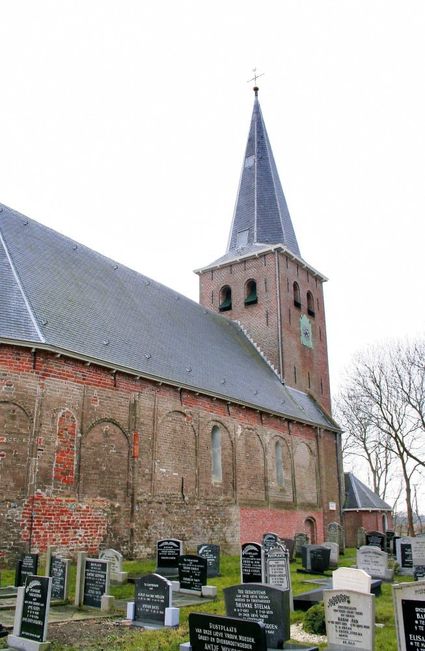 Hantum
Hantum
-
Nicolaaskerk Koarnjum
Nicolaaskerk Koarnjum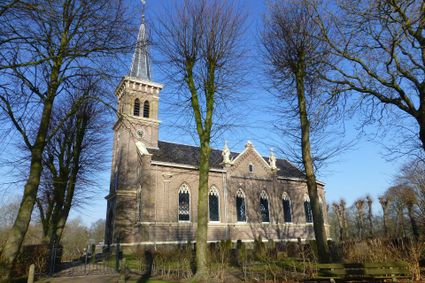 Koarnjum
Koarnjum
-
Campsite Tjaerda State
Campsite Tjaerda State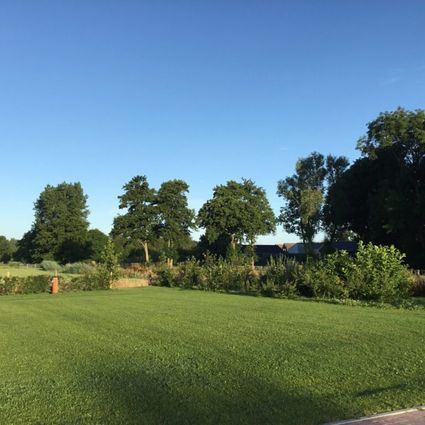 Rinsumageast
Rinsumageast
-
Veerpont De Burd (Grouw Yne Lyte)
Veerpont De Burd (Grouw Yne Lyte)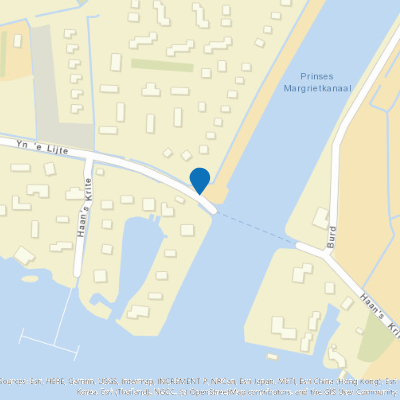 Grouw Yne Lyte
Grouw Yne Lyte
-
Openbare lagere school
Openbare lagere school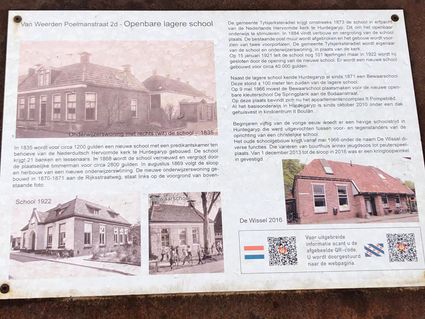 Hurdegaryp
Hurdegaryp
-
Ottema Wiersmareservaat - Nynke Rixt Jukema - uitkijktoren
Ottema Wiersmareservaat - Nynke Rixt Jukema - uitkijktoren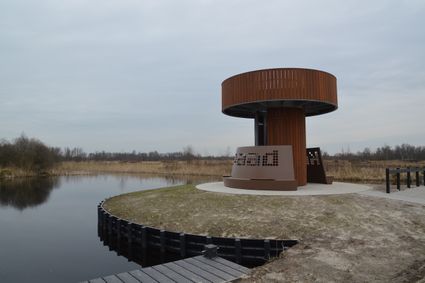 Feanwâlden
Feanwâlden
-
It Wiid Bathing Site and Water Playground
It Wiid Bathing Site and Water Playground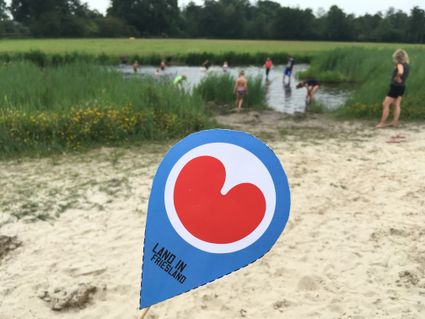 Earnewâld
Earnewâld
-
Twijzelermieden Nature Reserve
Twijzelermieden Nature Reserve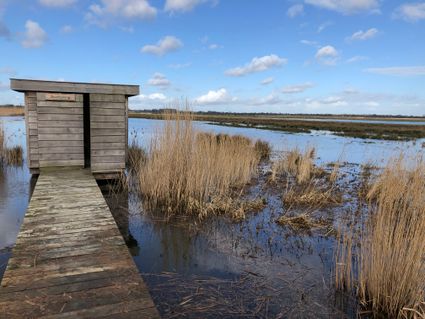 Twijzel
Twijzel
-
IJssalon en patisserie W’iis
IJssalon en patisserie W’iis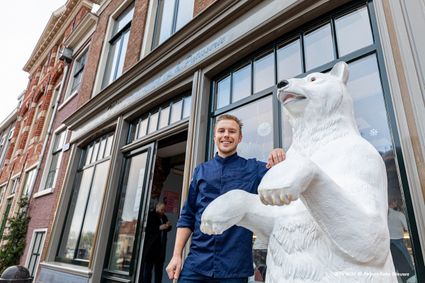 Dokkum
Dokkum
-
Veerpont Schiermonnikoog
Veerpont Schiermonnikoog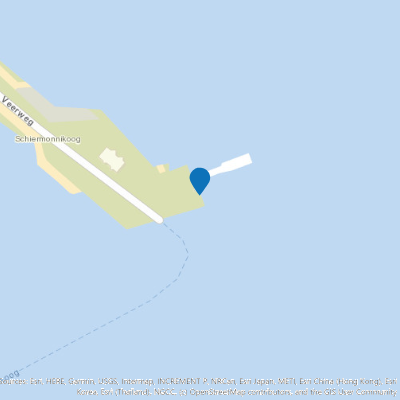 Lauwersoog
Lauwersoog
-
Waddenhop
Waddenhop Harlingen
Harlingen
-
Kloosterman natuurvoeding
Kloosterman natuurvoeding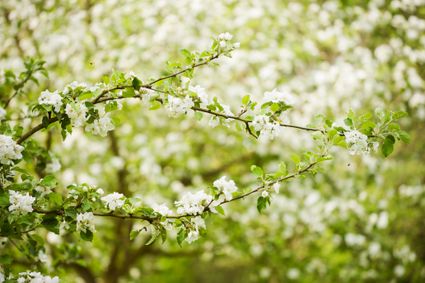 Giekerk
Giekerk
-
Bootverhuur Hollema
Bootverhuur Hollema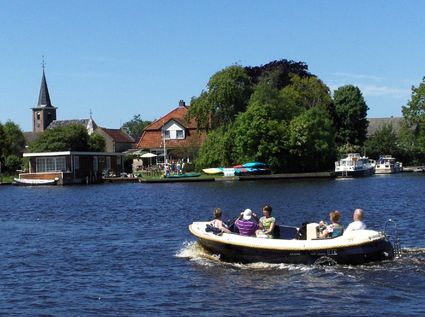 Earnewâld
Earnewâld
-
Gastenverblijf Lânlibben
Gastenverblijf Lânlibben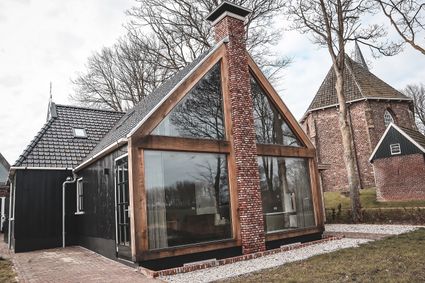 Lioessens
Lioessens
-
Oostermeer (Eastermar)
Oostermeer (Eastermar)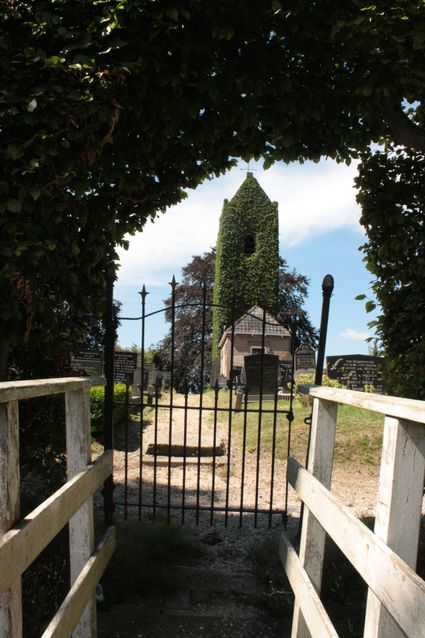 Eastermar
Eastermar
-
Schapenhouderij Klaaske de Groot
Schapenhouderij Klaaske de Groot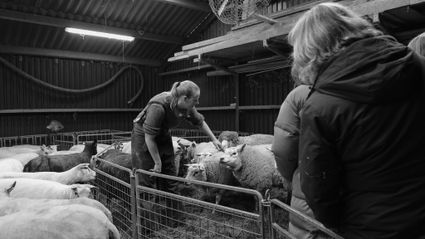 Ternaard
Ternaard
-
Wad'n Dream
Wad'n Dream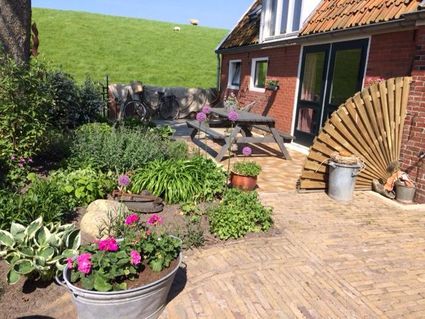 Moddergat
Moddergat
-
St Vitus church Wetsens
St Vitus church Wetsens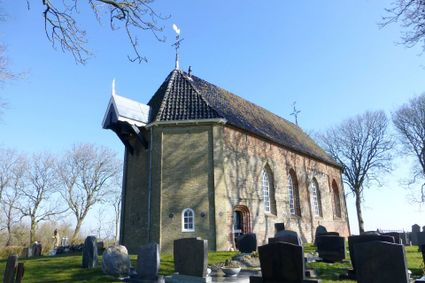 WETSENS
WETSENS
-
IJlst (Drylts)
IJlst (Drylts)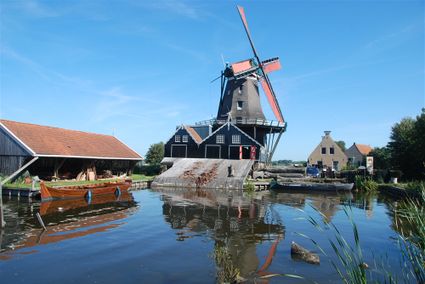 IJlst
IJlst
-
Ceciliakerk Lekkum
Ceciliakerk Lekkum Lekkum
Lekkum
-
Bootverhuur de Granaet
Bootverhuur de Granaet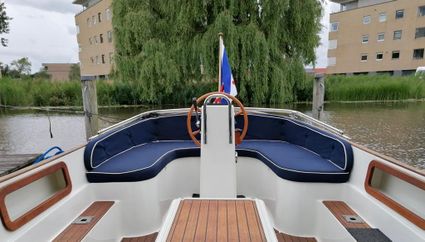 Dokkum
Dokkum
-
Vakantiepark Bergumermeer
Vakantiepark Bergumermeer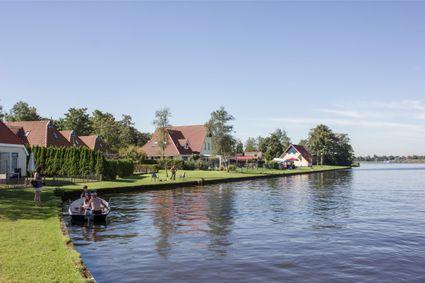 Sumar
Sumar
Direct boekbaar
-
The liberation of Friesland 1
The liberation of Friesland 1
In early April, it became clear that the liberation of Friesland was imminent. Although the province had not suffered a real Hunger Winter like other parts of the Netherlands, there were severe shortages of just about everything. And the terror of the occupying forces was growing. This also led to increased resistance against the occupying forces. The battle between the two was tougher than ever in early 1945.
In Friesland, assault groups known as Knokploegen (KP) were responsible for most acts of resistance. But there were other groups too. On the orders of the Dutch government in London, all these groups were merged into the Dutch Domestic Armed Forces (NBS). In Friesland, this happened on 12 December 1944.
The NBS, popularly referred to as the BS, gave the armed resistance an organisation with a clear structure. The NBS was also supposed to play a role in the upcoming liberation. To this end, resistance groups were provided with weapons from autumn 1944. These were dropped from the air.
On 8 April, Radio Orange broadcast the message "The bottle is empty." This was the signal for the NBS to start carrying out sabotage operations 36 hours later. The aim was to make it as difficult as possible for the Germans to defend themselves against the approaching Allied forces.
The resistance did this by putting bridges and railways out of order, blocking waterways and blocking roads. The response of the occupying forces was ruthless. In retaliation, dozens more prisoners were shot at different times and places.Once the Canadians entered Friesland on 12 April, they were supported extremely effectively by the Frisian resistance. Because it was superbly organised, they were able to help the Canadians take control of important bridges, repair damaged bridges, and advise on the most favourable route.
By 18 April, the whole province was liberated except for the Wadden Islands (these were liberated in late May and in June). Compared to other provinces, there was little fighting in Friesland. Overall, the few thousand German troops who had been unable to flee Friesland were defeated by the Canadians relatively quickly.
The commander of the Royal Canadian Dragoons, Lieutenant Colonel Landell, praised the actions of the resistance by stating "Friesland liberated herself." While that may be a bit of an exaggeration, the actions of the Frisian resistance undoubtedly accelerated the liberation. And reduced the number of casualties on the Allied side.
In confrontations with German troops and their Dutch accomplices, at least 31 resistance fighters lost their lives. On the Allied side, at least eleven Canadians and one Frenchman were killed. The fighting and shelling also resulted in dozens of civilian casualties. The number of casualties on the German side is not known, but probably ran into the hundreds. With 320 houses destroyed and 4,000 damaged and 80 bridges destroyed, Friesland was materially the least damaged province in the Netherlands.
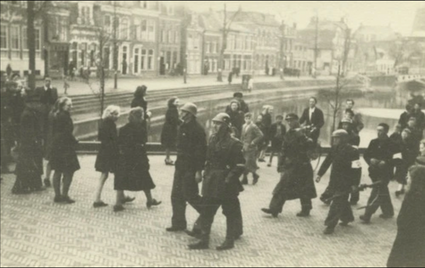 Willemsoord
Willemsoord
-
-
Paviljoen de Leyen
Paviljoen de Leyen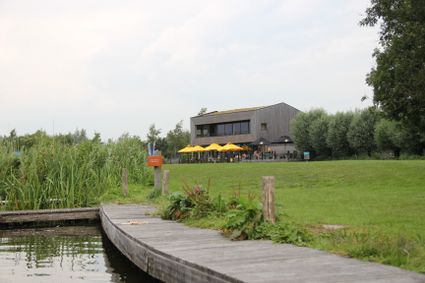 Rottevalle
Rottevalle
-
Kerk van Brantgum
Kerk van Brantgum Brantgum
Brantgum
-
Gytsjerk - 't Set - Vogelkijkhut
Gytsjerk - 't Set - Vogelkijkhut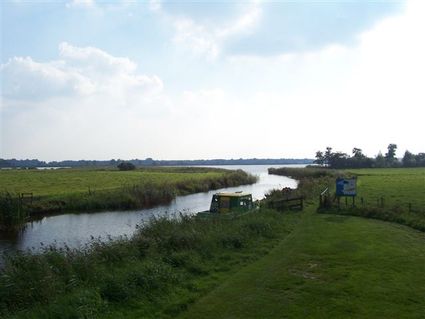 Gytsjerk
Gytsjerk
-
Noardermar
Noardermar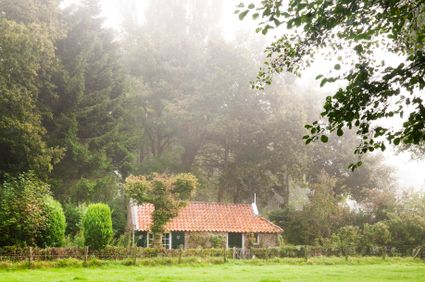 Burgum
Burgum
-
Clog museum
Clog museum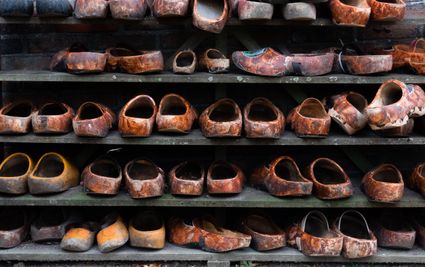 Noordburgum
Noordburgum
-
Buwepleats - De Pronkkamer
Buwepleats - De Pronkkamer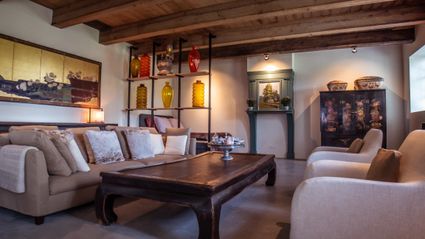 Drogeham
Drogeham
